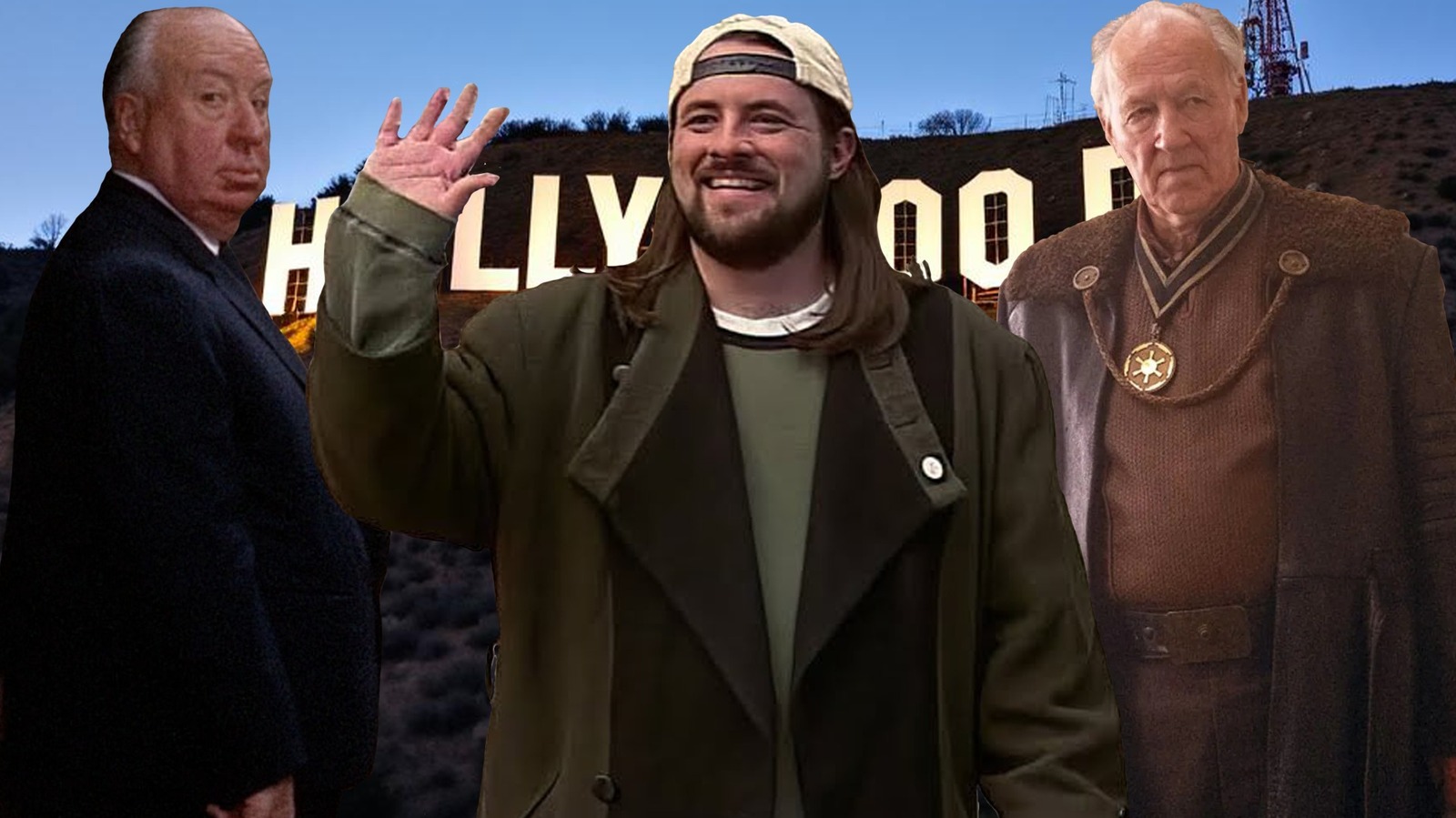
Movie directors frequently work behind the scenes, seldom appearing in their own films except for their names in the credits. However, they play a crucial role in filmmaking, as they control every aspect that eventually appears on screen, from managing the production budget to delegating tasks and instructing actors during specific scenes. Essentially, they are the ones pulling the strings of cinema.
A director who takes an active, hands-on approach can sometimes be beneficial, but it may also cause frustration among actors as they strive to meet the demands of a meticulous and potentially overbearing leader. It’s worth noting that some of the most renowned directors in history have been challenging to work with, and some were virtually untenable. These are the directors whose pursuit of perfection often falls short of reality, as their vision tends to be quite specific at any given moment. Directors who insist on reshooting a scene multiple times due to minor details like a stray hair out of place are among those who make this list.
It’s only fair to note that many actors have collaborated with numerous directors, yet few have expressed an unwillingness to work with them again. However, there are only a select few filmmakers whose behavior on set has been so difficult and challenging that they have gained notoriety for being directors that actors dislike working with. These directors are all skilled in their craft, but they have pushed their abilities to the limit, earning them a reputation as difficult collaborators.
David Fincher
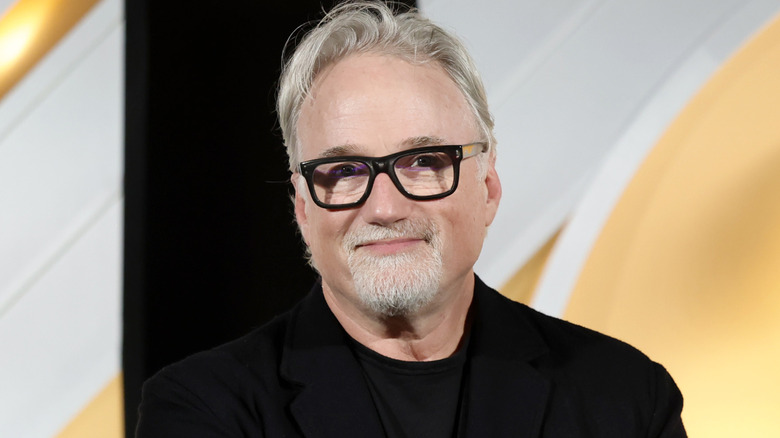
Ever since David Fincher started creating music videos back in the 1980s, he’s earned a reputation for being extremely meticulous about his work. This attention to detail is evident in the way he carefully crafts scenes in movies such as “Seven,” “The Game,” and “Fight Club.” Critics often compare his directing style to that of Stanley Kubrick, as both directors are known for their deep focus on every minute detail in their films.
In “Zodiac,” one film that Fincher directed stood out as particularly challenging for Jake Gyllenhaal. Their working relationship became strained, with a significant portion of their disagreements stemming from Fincher’s meticulous approach to filmmaking. On several occasions, Gyllenhaal was asked to redo scenes up to 70 times during the production process. In an interview with The New York Times in 2020, Fincher acknowledged the tension and attributed it to Gyllenhaal’s age at the time and the numerous demands on his attention—Fincher believes Gyllenhaal was too preoccupied.
Instead, in 2007, Gyllenhaal spoke to The Times, stating that Fincher uses people as paintbrushes and found it challenging. This sentiment is echoed by other actors like Michael Douglas, R. Lee Ermey, Edward Norton, and Robert Downey Jr. On “Zodiac”, Downey Jr. described his experience with Fincher as similar to working in a gulag, remarking that he might be the ideal candidate for such demanding work because he comprehends the harshness of such environments.
John Carney
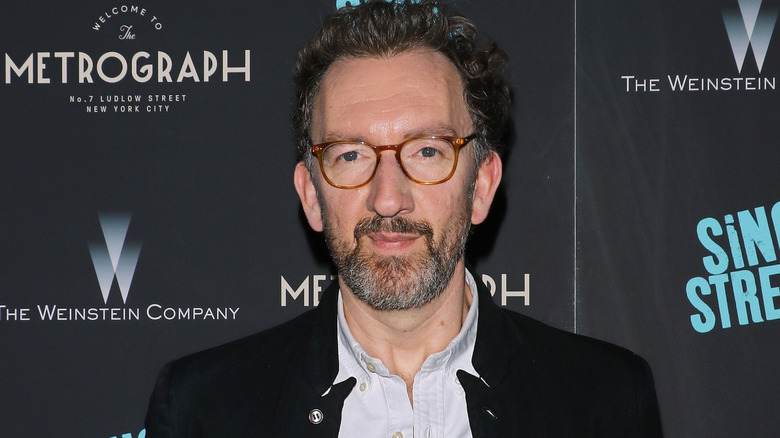
Since making his directorial debut in 1996, John Carney has directed a few films. In the year 2013, one of these films, titled “Begin Again,” hit the screens, with Keira Knightley as a significant co-star. Unlike many celebrities who are known for their dramatic personas, Knightley is more reserved and not typically labeled as a ‘diva.’ She has managed to keep her personal life out of the tabloids, and she’s never been accused of inappropriate behavior on set. So, it was surprising when Carney publicly criticized her acting skills.
In 2016, Carney had an interview with The Independent and discussed his work with actors. He criticized one individual extensively. Regarding supermodels in his future films, he declared, “I won’t be making movies with supermodels anymore,” specifically mentioning Knightley. Furthermore, he explained, “Keira has a tendency to conceal her true self, and I don’t believe you can act convincingly while doing that. … I think it demands a degree of honesty and introspection that she may not be prepared for at this time.
Carney’s remarks didn’t get ignored, prompting several directors, such as Lynn Shelton and Mark Romanek, to speak up in support of Knightley. These directors had previously worked with her, praising her acting abilities. Other actors also stepped forward to defend the actress, and in 2016, Carney issued an apology on X (previously known as Twitter), stating “From a director who feels like a complete fool.” Interestingly, Knightley accepted Carney’s apology and was even pleased to be referred to as a supermodel.
Herbert Ross
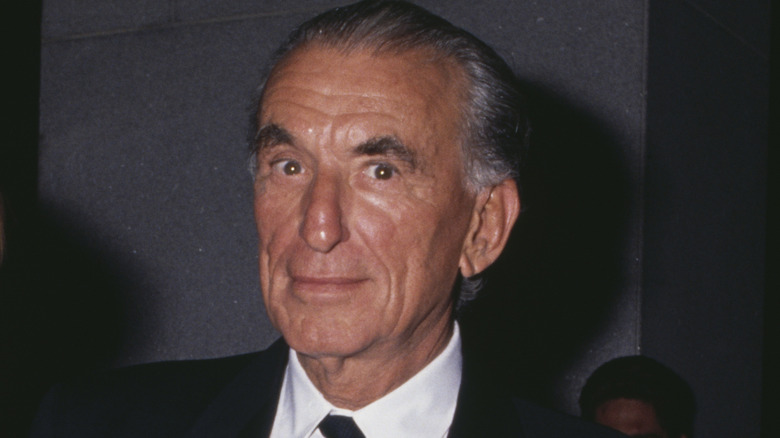
Herbert Ross’ collection of films is quite remarkable, with “Steel Magnolias” being particularly noteworthy. This film boasts a stellar cast featuring some of the top actresses from the late 1980s, including Dolly Parton, Sally Field, Julia Roberts, and Shirley MacLaine. What sets “Steel Magnolias” apart is not so much its story or themes, but rather the universal dislike the cast had for the director.
The talented acting ensemble, several of whom have been recognized with multiple awards, found it challenging to collaborate with Ross. Among them, Roberts earned her initial Academy Award nomination for “Steel Magnolias,” and it seems she had a particularly difficult experience compared to others. This was due to the fact that Ross created an environment full of tension on set, and he was known for mishandling his cast. MacLaine shared with Us Weekly that their common dislike for the director served to bring the group closer together.
In Field’s conversation with Vulture, he mentioned that the film left a lasting impression on him due to the strong bond we formed after being criticized by him, either individually or collectively about our acting abilities. He was particularly tough on Julia Roberts, as she revealed in 1993 to Premiere, describing him as harsh and out of line with his comments towards her. Dolly Parton also felt disrespected when Ross suggested she needed acting lessons, an incident she recounted in her autobiography “Dolly: My Life and Other Unfinished Business.” In response, Parton asserted that she was not there to act, but to bring her personality to the film, and it was the director’s job to make her appear as if she were acting effectively.
Wes Anderson
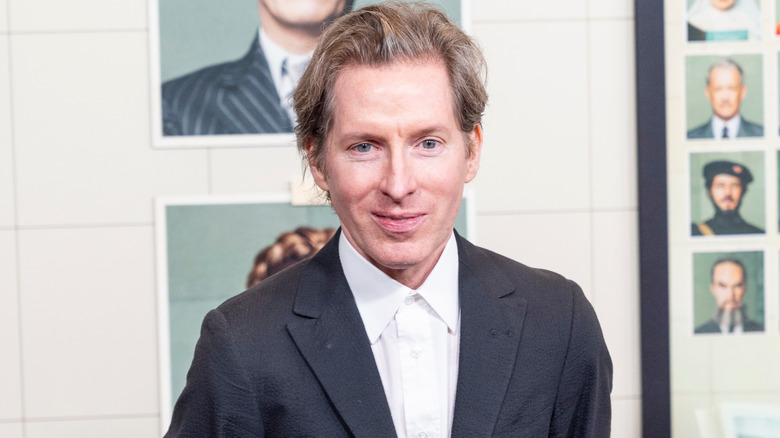
Wes Anderson has a distinctive, quirky approach to filmmaking that gives his movies a recognizable Wes Anderson feel. This style is part of what attracts audiences, with many of Anderson’s films being well-liked. However, there’s one actor who disliked Anderson intensely despite earning multiple awards for his role: Gene Hackman. Their relationship was strained during the filming of “The Royal Tenenbaums,” and they never spoke to each other again after the movie’s release.
Following Gene Hackman’s passing in early 2025, Anderson opened up to The Times about the challenges they faced while working with the actor. “Gene was quite upset over the finances,” Anderson explained. “He was enraged. Moreover, he had no interest in the film initially. I managed to convince him for it – I simply persisted.” The director further mentioned that Hackman disliked the production process and there were disagreements, possibly due to Anderson’s relatively younger age and less experience as a filmmaker at the time.
It seems that the discontent was predominantly felt by Hackman towards Anderson, as he experienced more issues with Anderson than the reverse. Accounts from the set of “The Royal Tenenbaums” indicate that Hackman used a derogatory term for Anderson and allegedly told him to “pull up your pants and act like an adult.” Despite their ongoing disagreements during filming, Anderson found working with Hackman enjoyable, although it’s clear that Hackman did not share the sentiment.
Joss Whedon
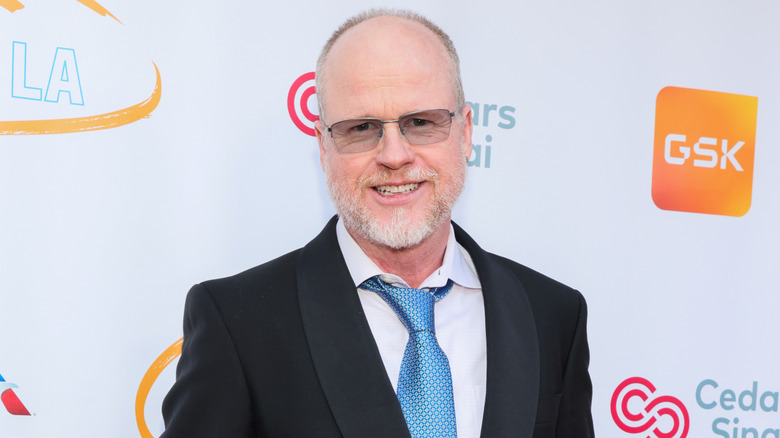
Joss Whedon, known for producing and directing many popular cultural phenomena such as “Buffy the Vampire Slayer,” “Firefly,” and “The Avengers,” has been embroiled in allegations of abuse. The focus is on his professional conduct and how he handles his team members. Most of these claims have surfaced during the production of “Justice League,” where it’s alleged that Gal Gadot and Ray Fisher were mistreated by Whedon.
Gadot alleges that Whedon endangered her career, a claim he denies in a rather condescending way. He told Vulture, “Gadot’s first language isn’t English, and I often speak in a flowery manner.” Gadot clarified she comprehended his statement clearly. The situation with Fisher was more contentious, and it became public through a tweet labeling Whedon as “disgusting, abusive, unprofessional, and intolerable.
Joss Whedon didn’t respond effectively to actors’ remarks and reacted defensively, which tarnished his image among both the general public and Hollywood insiders. Warner Bros. looked into Fisher’s allegations and took some undefined steps to resolve the issue. The details are unclear, but Whedon stepped down from HBO’s “The Nevers” as executive producer, and he hasn’t worked on any projects since 2021. Whedon is not part of the “Buffy the Vampire Slayer” reboot despite being the creator of the original show, indicating a significant decline in his career.
David O. Russell
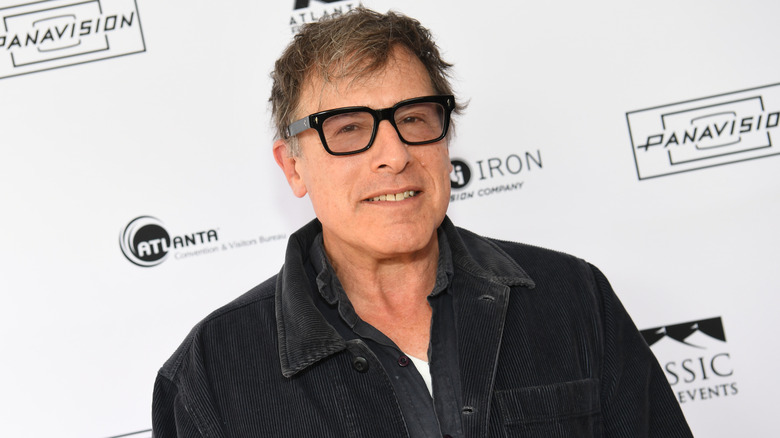
Directors are essentially leaders, and this role often entails duties beyond shouting at team members. However, it appears that David O. Russell missed this memo and instead has made a habit of demonstrating exceptional skill in this area across various film sets.
David Russell’s films, such as “The Fighter,” “Silver Linings Playbook,” and “American Hustle,” are frequently acclaimed cinematic masterpieces. However, his demanding directing style has led some actors to express regret about working with him. For instance, George Clooney, who starred in “Three Kings,” described Russell as a difficult director in an interview with GQ. Similarly, Amy Adams, despite being nominated for an Academy Award for “American Hustle,” stated that she would not work with Russell again.
As I recount my experience working on set, I can’t help but feel a pang of sadness. It wasn’t every day, but most times, I found myself brought to tears by the director’s approach. Christian Bale, in his noble role as peacemaker, often stepped in between us. Lily Tomlin, who worked with him on “I Heart Huckabees,” battled fiercely with Russell during filming, as he was relentless in critiquing her performance. However, despite our tumultuous past, she has praised his talent and expressed a willingness to collaborate with him again, much like he has with her. In this respect, Lily Tomlin stands out among her peers.
Kevin Smith
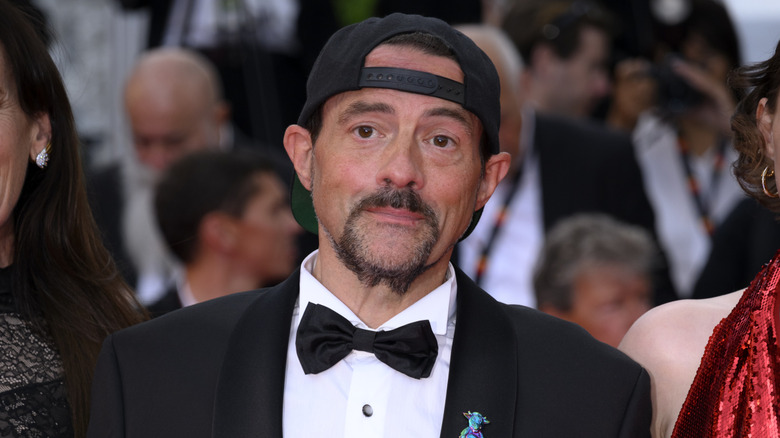
As a gamer, I appreciate directors like Kevin Smith who aren’t your typical harsh taskmasters, always making the set a comfortable place to work. Over the years, this has been consistent throughout his career, with many actors choosing to work with him multiple times. However, Bruce Willis isn’t one of them. We teamed up first in “Live Free or Die Hard,” but our collaboration didn’t extend beyond that movie; he was cast in “Cop Out” by Smith later on.
Regrettably, despite sharing a good rapport as co-actors, a longstanding disagreement between Smith and Willis persisted throughout their filming. Smith significantly reduced his salary by 84% to accommodate Willis, demonstrating his commitment to the project. However, this friendship turned sour due to Smith’s excessive admiration for Willis, which led him to treat Willis differently from other cast members. In contrast, Willis was reluctant to step out of his comfort zone, causing issues for Smith on set.
Problems arose due to Willis’ decision not to participate in a photo shoot for promotional purposes, leading to numerous difficulties. These issues appeared to be mutual between the two individuals, and although their disagreement wasn’t fully resolved at that time, following Willis’ diagnosis of aphasia and retirement from acting, Smith took to X (previously known as Twitter) to express his admiration for Willis. He acknowledged, “I sometimes feel like I was foolish for my minor grievances in 2010.
Paul Thomas Anderson
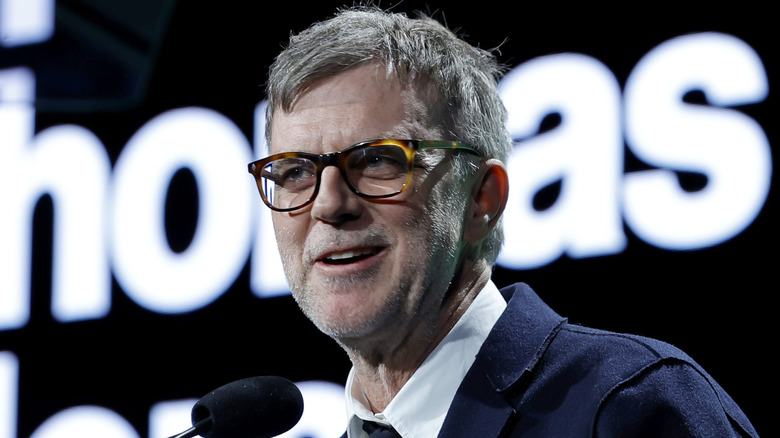
Few film directors have garnered as much acclaim as Paul Thomas Anderson, boasting close to a dozen Academy Award nominations. Among his distinguished works, “Boogie Nights” from 1998 is one of his most recognized pieces. In this movie, Burt Reynolds portrays an adult film director, and it was no simple task for Anderson to secure him. Reynolds himself revealed on Conan O’Brien’s show that he refused the role seven times before ultimately, albeit reluctantly, agreeing.
Initially reluctant, he eventually agreed to the role but didn’t find the filming experience particularly enjoyable. His agent’s suggestion for this role led to his termination by Reynolds, and during production, he harbored feelings of animosity towards Anderson. He confided in O’Brien, “I didn’t want to punch him in the face; I just wanted to punch him – I don’t think he cared much for me.” There were challenges in their working relationship, and the age gap between them seemed to create tension.
In his memoir, Reynolds wrote about Anderson: “I didn’t particularly enjoy working with someone younger than certain sandwiches I’ve eaten.” However, despite disliking the project and its director, Reynolds received critical acclaim for his performance. He was nominated for an Academy Award and won a Golden Globe for his role in “Boogie Nights,” but as the actor himself admitted, he never watched the movie, a fact that probably remained true until his death in September 2018.
Alfred Hitchcock
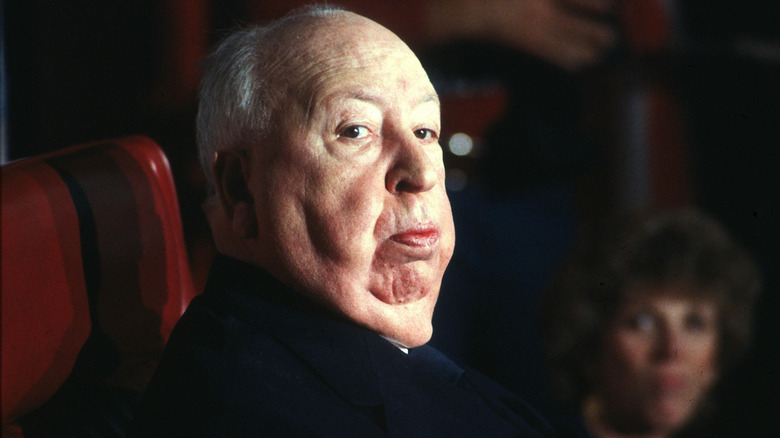
Alfred Hitchcock is widely recognized as one of the most exceptional directors during his era, and arguably in history. He earned the nickname “The Master of Suspense” due to his knack for creating thrilling films that often topped the charts. Similar to other productive filmmakers, Hitchcock frequently collaborated with actors across various projects, among them Tippi Hedren who featured in both “The Birds” and “Marnie.” Regrettably, Hitchcock’s directing style occasionally overstepped boundaries, and this was the case for Hedren during the filming of the final scenes in “The Birds.
In the movie, Hedren made her debut as the main character, meaning she hadn’t worked with the director prior. It appears that Hitchcock exploited this during the notorious attic scene where Hedren’s character, Melanie, is attacked by birds that peck at her face and arms. In her book “Tippi,” Hedren described how Hitchcock planned the scene, stating that she’d be scared by mechanical birds. However, in reality, live birds were hurled at Hedren, and it took five whole days to get a shot that satisfied Hitchcock.
In the film “Marnie,” Hedren collaborated with Hitchcock again, but that marked their last project together. Later, in her biography titled “Tippi,” Hedren alleged that Hitchcock harassed and stalked her during filming. She recounted instances such as him forcing himself onto her in a limousine and attempting to forcibly kiss her, describing it as a deeply distressing event. Despite these incidents, Hedren did not voice her concerns while Hitchcock was alive, but it becomes clear why she chose to end their professional relationship after such experiences.
Roman Polanski

There’s a strong possibility you’re familiar with Roman Polanski, who has found himself in legal troubles in the U.S. Regardless of his past actions, which are not to be condoned, his skill as a director is indisputable, having directed critically acclaimed films like “Rosemary’s Baby,” “Chinatown,” and “The Pianist.” However, it seems that Faye Dunaway avoids working with him due to personal issues stemming from how he treated her.
On the set of “Chinatown,” Dunaway frequently clashed with Polanski. At one point, a stray hair on Dunaway’s face disrupted the shot several times. Eventually, in frustration, Polanski approached her and plucked the hair from her head. Unsurprisingly, she reacted angrily and stormed away, hurling insults at the director.
In her autobiography titled “Looking for Gatsby”, Dunaway portrayed the persistent harshness inflicted upon her by the director as an unrelenting stream of cruelty, sarcasm, and humiliation. She claimed that she had reached a point where she needed to establish a boundary that Roman would not dare breach again. Polanski found Dunaway’s response to the hair incident irrational, and there’s a tale that she hurled a cup of urine at him due to his refusal to allow her to relieve herself during a filming session. In the HBO documentary “Faye”, Dunaway labeled Polanski as a menace but conceded that he likely held similar sentiments towards her.
Stanley Kubrick
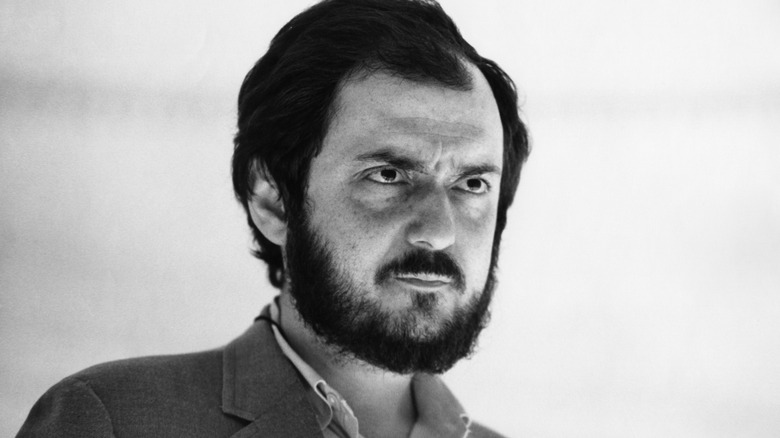
Stanley Kubrick is widely recognized as one of cinema’s most esteemed directors and was known for his meticulous approach to filmmaking. His actors often found themselves subjected to rigorous demands, with some takes being re-shot numerous times until Kubrick achieved the perfection he sought. The production of his last film, “Eyes Wide Shut,” was notoriously challenging, spanning an impressive 294 days and establishing a Guinness World Record.
Kubrick’s movies were exceptionally lengthy due to his meticulous approach, which sought flawlessness in every detail. However, this high standard made it challenging for some actors, such as Harvey Keitel, who initially had the role of Victor Ziegler but was eventually replaced by Sydney Pollack. Keitel described Kubrick as a brilliant director yet expressed that he felt disrespected during their collaboration.
As a dedicated admirer, I can share that Gary Oldman once recounted an intriguing tale about his experience with Stanley Kubrick on “The Opie & Anthony Show.” He explained, “During one scene, we were simply walking through a door after what felt like endless takes, numbering 68. In exasperation, Harvey Keitel exclaimed, ‘I’ve had enough, you’re driving me crazy,’ and he walked off.” Similarly, Shelley Duvall, another actor, endured an intolerable ordeal while working with Kubrick during the production of “The Shining,” as he subjected her to isolation and cruel treatment.
Werner Herzog
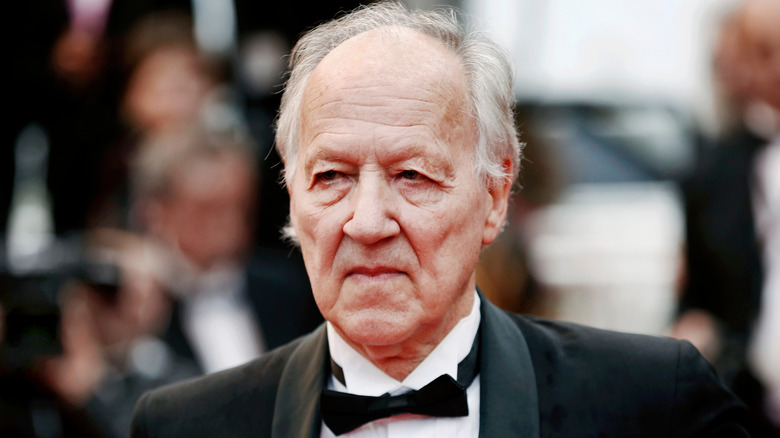
Few directors have garnered as much notoriety for challenging their teams as Werner Herzog. With countless tales of his tough work environment on numerous films, it is “Fitzcarraldo” that stands out as one of the most problematic film productions in history. The production was fraught with difficulties due to Herzog’s determination to recreate the actual event depicted in the movie – transporting a steamship over the Andes mountains.
In a tale about a German visionary, it was crucial that his demands be met precisely, which led to the incredible feat of moving a 320-ton vessel over a mountain. During filming, the director encountered constant friction with his main actor, Klaus Kinski, who had a reputation for conflict. For a moment, Herzog contemplated having Kinski removed, even receiving an offer from the local tribal chief. However, he did not resort to this extreme measure. Despite this, Kinski was not hesitant to express his displeasure vocally, often directing his ire towards Herzog and others on set.
It’s undeniable that the director faced difficulties with Kinski, and later disclosed unfavorable footage as retribution against him. Dealing with talent issues, accidents, and illnesses is tough enough, but the production of “Fitzcarraldo” was marred by several deaths among crew members. A man resorted to self-amputation using a chainsaw after a snakebite in the remote location where medical help was scarce. Herzog documented these and other casualties in his diary, and though he wasn’t directly accountable, as the director of the filming, he oversaw a chaotic catastrophe.
Read More
- Silver Rate Forecast
- Black Myth: Wukong minimum & recommended system requirements for PC
- Gold Rate Forecast
- USD CNY PREDICTION
- Former SNL Star Reveals Surprising Comeback After 24 Years
- Grimguard Tactics tier list – Ranking the main classes
- Arknights celebrates fifth anniversary in style with new limited-time event
- Gods & Demons codes (January 2025)
- Maiden Academy tier list
- PUBG Mobile heads back to Riyadh for EWC 2025
2025-06-16 13:32